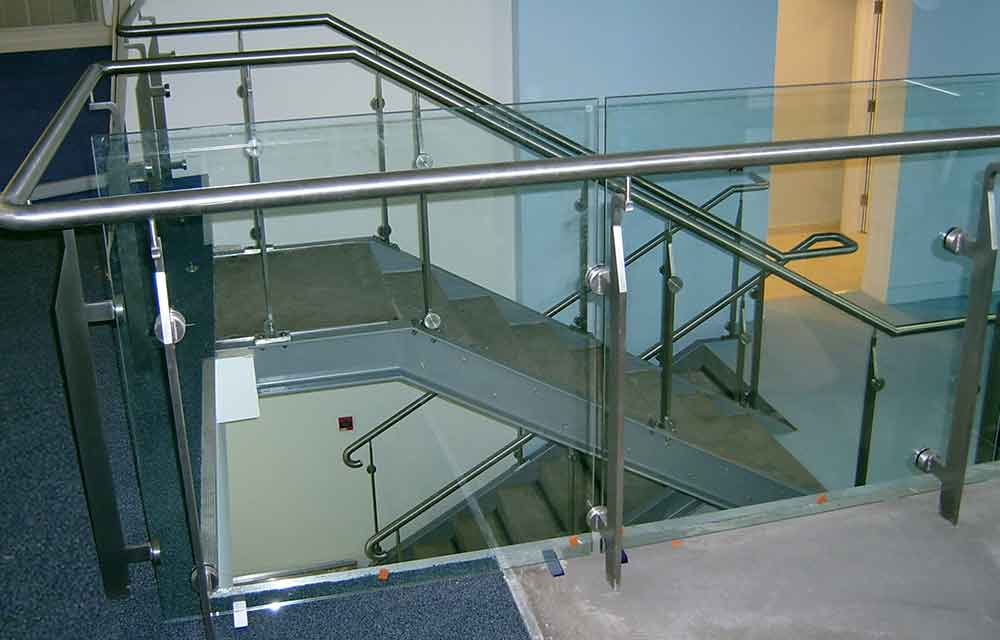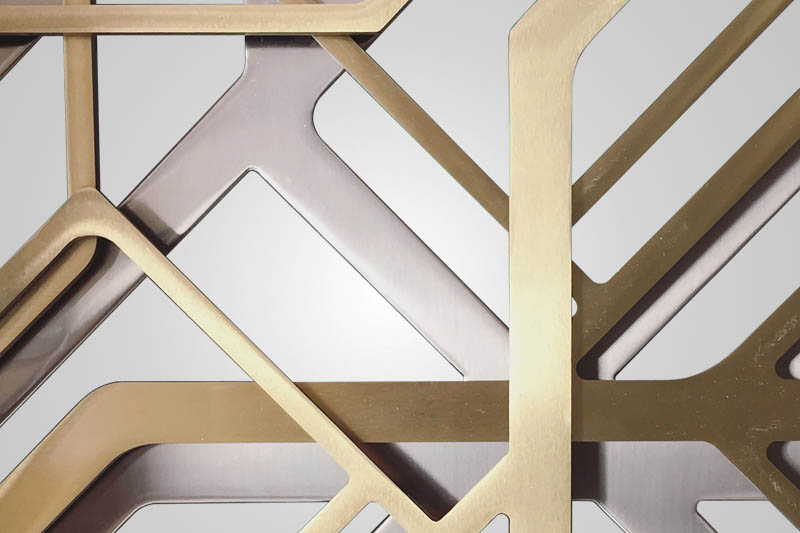When you admire the intricate ironwork on a gate or the elegant metal railings on a staircase, you are witnessing the craft of architectural ornamental metal fabrication. But what is architectural ornamental metal fabrication, exactly? This artful process involves creating metal structures that not only serve functional purposes but also add aesthetic value to a building or environment. These pieces are often custom-designed, ensuring they fit seamlessly into their surroundings while also standing out as works of art.

The Importance of Ornamental Metal in Architecture
The use of ornamental metal in architecture dates back centuries, with applications ranging from the decorative to the structural. Metal’s durability and versatility make it an ideal material for architects and designers who wish to marry form and function. In modern construction, ornamental metalwork can be found in everything from residential interiors to commercial exteriors, highlighting the importance of metal fabrication in today’s architectural landscape.
History of Architectural Metal Fabrication
The history of architectural metal fabrication is rich and varied, reflecting the technological and artistic advancements of different eras. From the wrought iron gates of medieval Europe to the sleek steel structures of contemporary skylines, metal has played a pivotal role in shaping our built environment. Each period brought its own innovations, contributing to the evolution of techniques and styles in metal fabrication.
Evolution Over the Centuries
Originally, metalwork was handcrafted, with blacksmiths and artisans using simple tools to create everything from weaponry to decorative items. The industrial revolution brought about significant changes, introducing machinery that allowed for more intricate designs and greater production capabilities. Today, advanced technologies such as computer-aided design (CAD) and laser cutting have further refined the art of ornamental metal fabrication, making it possible to achieve designs that were once thought impossible.
Types of Metals Used
Various metals are used in architectural metal fabrication, each offering unique properties that make them suitable for different applications. Common metals include:
- Steel: Known for its strength and durability, steel is often used in structural applications.
- Aluminum: Lightweight and resistant to corrosion, aluminum is ideal for exterior designs.
- Brass and Bronze: These metals are prized for their decorative appeal and are often used in ornamental metalwork.
- Iron: While less common today, wrought iron remains a popular choice for traditional and decorative projects.
Applications of Ornamental Metal Fabrication
The applications of ornamental metal fabrication are vast, encompassing a wide range of architectural elements. Some common applications include:
Railings and Balconies
Ornamental metal railings and balconies are a staple in both residential and commercial architecture. They provide safety and structure while adding a touch of elegance and sophistication to the building’s design.
Gates and Fencing
Gates and fencing are not only functional but also serve as a statement piece. Through the art of metal fabrication, these structures can be customized to reflect the personality of the property or the owner.
Interior Decor
Inside homes and businesses, ornamental metalwork is used in various decor elements, such as staircases, wall art, and lighting fixtures. These pieces add a modern or classic touch, depending on the design.
The Process of Metal Fabrication
The process of metal fabrication involves several key steps, each requiring precision and craftsmanship. Typically, the process includes:
- Design: Using CAD software, designers create detailed plans of the piece.
- Cutting and Shaping: Metals are cut and shaped using tools like lasers, saws, and presses.
- Assembly: The various metal components are assembled and welded together.
- Finishing: The final piece is polished, coated, or painted to enhance its appearance and durability.
Modern Technologies in Metal Fabrication
Today’s metal fabrication industry is heavily reliant on technology to achieve precise and intricate designs. Technologies such as laser cutting and CAD have revolutionized the way metal structures are designed and manufactured, allowing for greater creativity and efficiency.
Environmental Considerations
With growing awareness of environmental issues, sustainability has become a crucial factor in architectural metal fabrication. Many companies are adopting eco-friendly practices, such as recycling metals and using energy-efficient machinery, to reduce their environmental footprint and promote sustainable architecture.
Challenges in Ornamental Metal Fabrication
Despite the advancements in technology and design, ornamental metal fabrication comes with its own set of challenges. These include ensuring structural integrity, meeting design specifications, and managing costs. Overcoming these challenges requires a combination of skilled craftsmanship and innovative solutions.
The Future of Ornamental Metal Fabrication
The future of architectural ornamental metal fabrication looks promising, with continued advancements in technology and materials. As designers and architects push the boundaries of what is possible, we can expect to see even more innovative and stunning metalwork in the years to come.
Integration with Smart Technologies
One exciting development is the integration of smart technologies into architectural metalwork. This includes the use of sensors and automation to create dynamic structures that can adapt to their environment or user needs. Such innovations not only enhance functionality but also open up new possibilities for creative expression.

FAQ
What is the difference between structural and ornamental metal fabrication?
Structural metal fabrication focuses on creating components that provide support and stability to buildings, such as beams and columns. In contrast, ornamental metal fabrication is primarily concerned with the aesthetic aspects, creating decorative elements that enhance the visual appeal of a structure. For more details, you can visit this link.
How do you maintain ornamental metal structures?
Maintaining ornamental metal structures involves regular cleaning and inspections to prevent rust and corrosion. Applying protective coatings and conducting timely repairs can also prolong the lifespan of these structures. For more maintenance tips, check out Repair Metal Structures.
Can ornamental metalwork be used in urban renewal projects?
Absolutely. Ornamental metalwork plays a vital role in urban renewal projects, adding aesthetic value and enhancing the character of revitalized spaces. It can be used in street furniture, public art installations, and facade renovations.
This article contains affiliate links. We may earn a commission at no extra cost to you.

